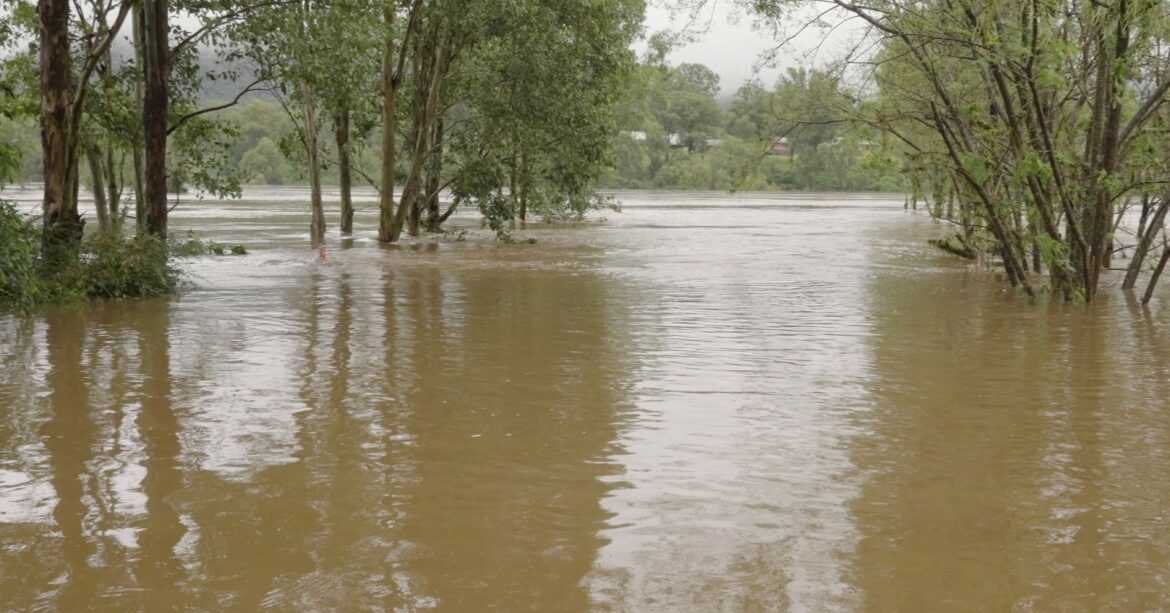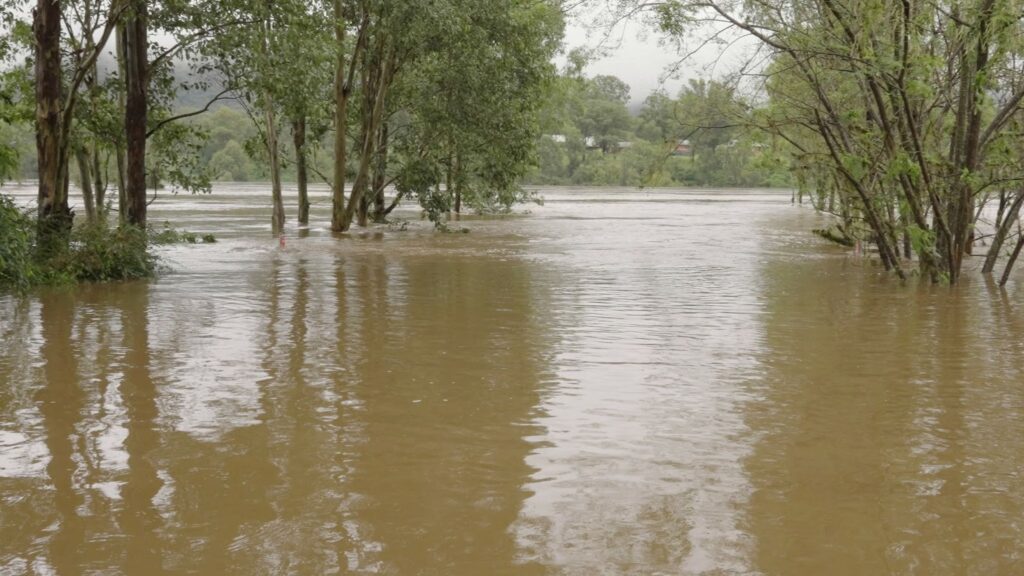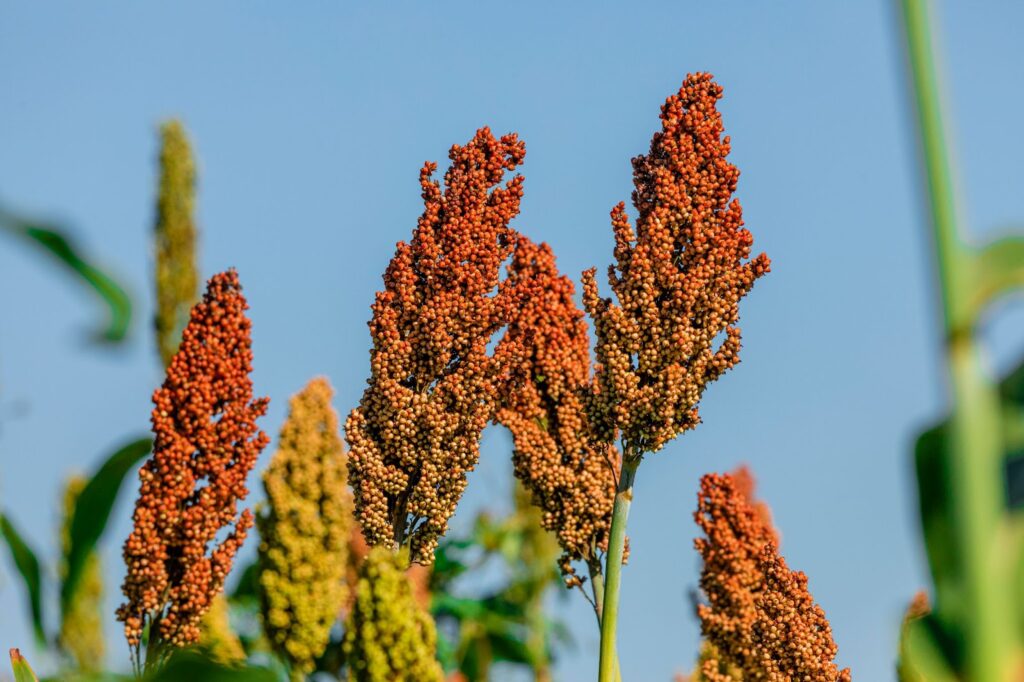Hay Shortage in Australia due to Flooding
There is currently a shortage of hay across Australia. According to Tim Ford, managing director of Feed Central, the cereal hay crop for the year is down by around 80%. There are two main causes of the shortage, flooding in many areas and an increase in grain prices.
Some opportunistic hay-making has taken place, but the weather has seriously hampered large-scale professional hay growers in their efforts to produce hay. Hay has been cut in Western Australia and in lesser amounts in South Australia. However, hay volumes are very low for the year in Queensland, Victoria, and New South Wales.
Key points
- There is currently a shortage of hay across Australia caused by a combination of flooding and high grain prices.
- Hay has been cut in Western Australia and in lesser amounts in South Australia. However, hay volumes are very low for the year in Queensland, Victoria, and New South Wales.
- Overall, the cereal hay crop for the year is down by around 80%.
- High grain prices and wet conditions have attracted growers to prefer grain crops over hay.
Opportunistic hay cutting is insufficient to meet the demand
The opportunistic cutting of hay by some growers has made little impact on the overall shortage in the country because any hay cut will need to last through until significant cutting of the next hay crop can take place.
People have sometimes made straw instead of hay, but this action has its own issues. Transportation of straw is more expensive, and it does not fill the same position in a feeding situation. So, the situation regarding the scarcity of hay is a significant issue, and it’s not helped by high grain prices.
The problem of getting growers to consider hay
Grain prices have made it difficult to persuade growers to opt for hay, although Feed Central did call for growers to take this path early in the growing year. This call was largely ignored in favour of growing grain due to high grain prices and wet conditions.
This lack of interest in growing has converged with problems caused by flooding resulting in the lack of sufficient hay in Australia. The issue is further complicated by the fact that the demand for hay has remained strong for the last three years on the back of a strong cattle market.
This demand is not possible to meet, resulting in an acute hay shortage in Australia. This shortage is pushing hay prices up to “drought value” at the start of 2023.
Scarcity and other factors driving hay driving prices up
Several factors have come together to cause a rise in the cost of hay in Australia. These factors are:
- A lack of good quality hay and forecasts suggesting reduced hay production for the coming season.
- High input costs for growers who may decide to only produce for clients on long-term contracts.
- A change of production choices for growers, with many ploughing in vetch crops as a source of nitrogen leading to a lack of high-protein hay.
- The world food situation which still indicates a high demand for grain leading growers to opt for grain rather than hay.
- Increased grower fuel costs that are being factored into the price.
Some farmers are attempting to avoid increased hay costs by producing their own feed, such as sorghum. However, not every farmer has the resources to produce sufficient feed in this way. Those who cannot produce enough feed have to hope they can buy the hay they need, even if it means going out of state to areas in Western or South Australia.
There is some positive news in the potential to grow dryland forages for silage and hay in the summer months. The conditions are looking good for this possibility, as the rain that has delayed some spring and summer silage planting presents opportunities for dryland growing.
Whether any summer growing can meet the need for hay is doubtful, as farmers are crying out for crops such as sorghum and millet. However, anything that can help with the hay shortage is positive.
2 - 2Shares



